General Discussion
Forum home - Go back to General discussion
|
New Old Radio 1920's?
|
|
|
« Back ·
1 ·
Next »
|
|
|
Return to top of page · Post #: 1 · Written at 8:40:22 PM on 18 October 2016.
|
|
|
|
Location: Clare, SA
Member since 27 March 2016 Member #: 1894 Postcount: 510 |
|
Hi all, 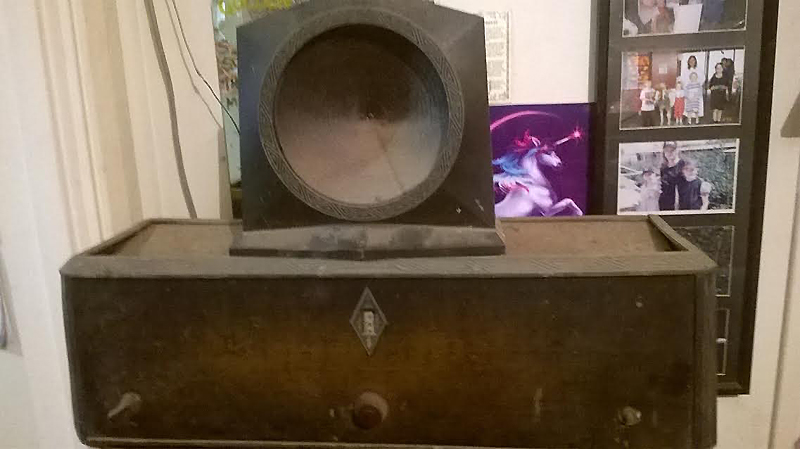 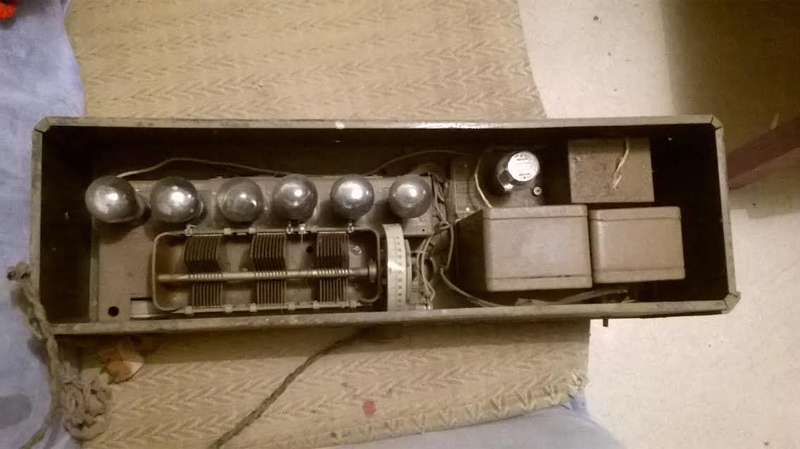 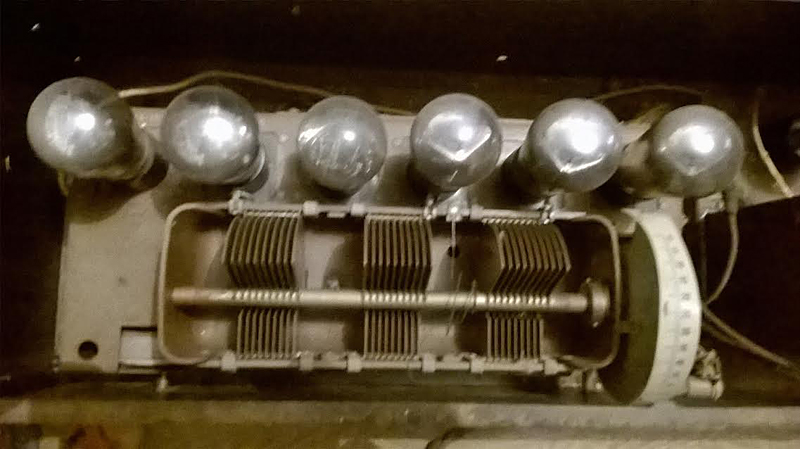 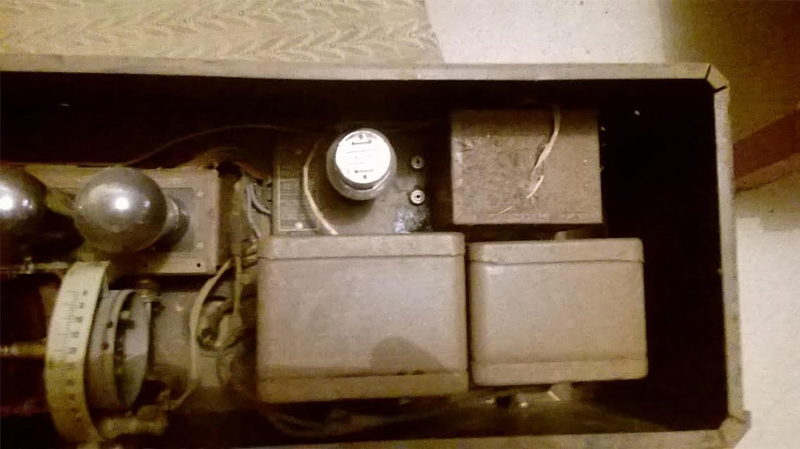 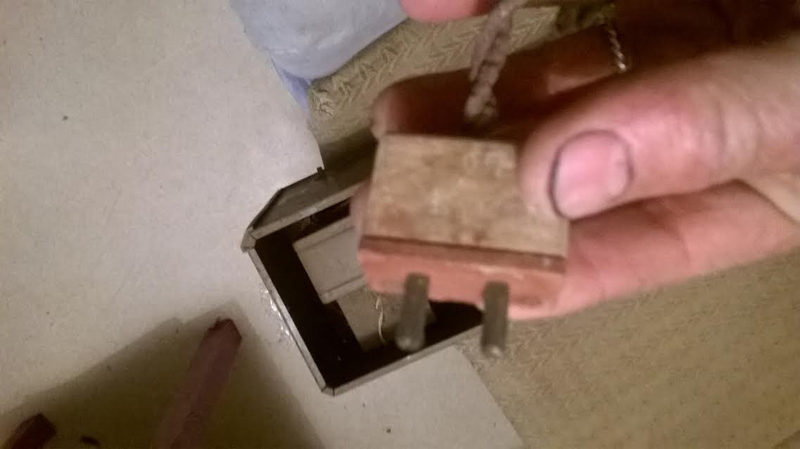 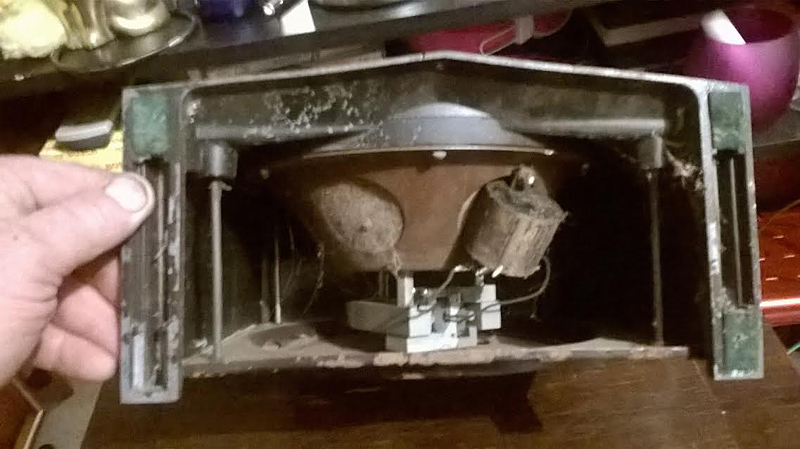 |
|
|
Return to top of page · Post #: 2 · Written at 8:51:39 PM on 18 October 2016.
|
|
|
|
Location: Hobart, TAS
Member since 31 July 2016 Member #: 1959 Postcount: 563 |
|
No offence but I can't understand why you would just want to replace all caps in everything you find. |
|
|
Return to top of page · Post #: 3 · Written at 10:09:41 PM on 18 October 2016.
|
|
|
|
Administrator
Location: Naremburn, NSW
Member since 15 November 2005 Member #: 1 Postcount: 7395 |
|
Different people have different interpretations of what "all caps" defines. To some it'll be the literal meaning of the phrase but for others it means the electrolytic and paper condensers only. ‾‾‾‾‾‾‾‾‾‾‾‾‾‾‾‾‾‾‾‾‾‾‾‾‾‾‾‾‾‾‾‾‾‾‾‾‾‾‾‾‾‾‾‾‾‾‾‾‾‾‾‾‾‾‾‾‾‾‾‾‾‾‾‾‾‾‾‾ A valve a day keeps the transistor away... |
|
|
Return to top of page · Post #: 4 · Written at 10:20:52 PM on 18 October 2016.
|
|
|
|
Location: Clare, SA
Member since 27 March 2016 Member #: 1894 Postcount: 510 |
|
I mean electrolytic's and paper ones, because I have now experienced the damage caused by not replacing them! I would consider re-stuffing old ones that look good, with modern bits to preserve integrity, but my main aim is to keep my radio's alive and healthy! I also now check and replace resistors. Old caps thet are visible I leave in place, just remove them from the live circuit, |
|
|
Return to top of page · Post #: 5 · Written at 10:30:59 PM on 18 October 2016.
|
|
|
|
Location: Sydney, NSW
Member since 28 January 2011 Member #: 823 Postcount: 6761 |
|
Regarding re-capping: I would think hard about that in relation to a radio of that vintage, where cosmetics are important. |
|
|
Return to top of page · Post #: 6 · Written at 11:00:15 PM on 18 October 2016.
|
|
|
|
Location: Clare, SA
Member since 27 March 2016 Member #: 1894 Postcount: 510 |
|
Yes GTC I will think hard and ask advice before cutting anything out, I think if I replace any components I'll be putting new innards inside old casings, however no innards as such are visible, it must be all inside the chassis. I won't be needing the transformer for this as when I turned it over I discovered a sticker telling me exactly what it is! (I've only just brought it home from Adelaide this evening!) |
|
|
Return to top of page · Post #: 7 · Written at 12:13:45 AM on 19 October 2016.
|
|
|
|
Location: Hill Top, NSW
Member since 18 September 2015 Member #: 1801 Postcount: 2078 |
|
I'm jealous! |
|
|
Return to top of page · Post #: 8 · Written at 7:46:48 AM on 19 October 2016.
|
|
|
|
Location: Melbourne, VIC
Member since 20 September 2011 Member #: 1009 Postcount: 1208 |
|
This radio looks like an export model for the Australian/NZ market. The US AR-784 is a 110 V AC model. The "B" suffix probably indicates a export model for countries with higher mains voltages. |
|
|
Return to top of page · Post #: 9 · Written at 11:31:32 AM on 19 October 2016.
|
|
|
|
Location: Western Victoria, VIC
Member since 14 November 2009 Member #: 579 Postcount: 110 |
|
Hi Jamie Lee, ‾‾‾‾‾‾‾‾‾‾‾‾‾‾‾‾‾‾‾‾‾‾‾‾‾‾‾‾‾‾‾‾‾‾‾‾‾‾‾‾‾‾‾‾‾‾‾‾‾‾‾‾‾‾‾‾‾‾‾‾‾‾‾‾‾‾‾‾ Robert |
|
|
Return to top of page · Post #: 10 · Written at 8:12:53 PM on 19 October 2016.
|
|
|
|
Location: Clare, SA
Member since 27 March 2016 Member #: 1894 Postcount: 510 |
|
Thank you Robert, when I get to it I'll need to work out which box holds the electro's and I'll need to find a schematic, to figure out what the actual values are, shouldn't be too hard as the model seems to have been very popular and there seems to be much information about them. Looking good, this is going to be a really cool project! Cheers. |
|
|
« Back ·
1 ·
Next »
|
|
|
You need to be a member to post comments on this forum.
|
|

Sign In

Vintage Radio and Television is proudly brought to you by an era where things were built with pride and made to last.
DISCLAIMER: Valve radios and televisions contain voltages that can deliver lethal shocks. You should not attempt to work on a valve radio or other electrical appliances unless you know exactly what you are doing and have gained some experience with electronics and working around high voltages. The owner, administrators and staff of Vintage Radio & Television will accept no liability for any damage, injury or loss of life that comes as a result of your use or mis-use of information on this website. Please read our Safety Warning before using this website.
WARNING: Under no circumstances should you ever apply power to a vintage radio, television or other electrical appliance you have acquired without first having it checked and serviced by an experienced person. Also, at no time should any appliance be connected to an electricity supply if the power cord is damaged. If in doubt, do not apply power.
Shintara - Keepin' It Real · VileSilencer - Maintain The Rage
